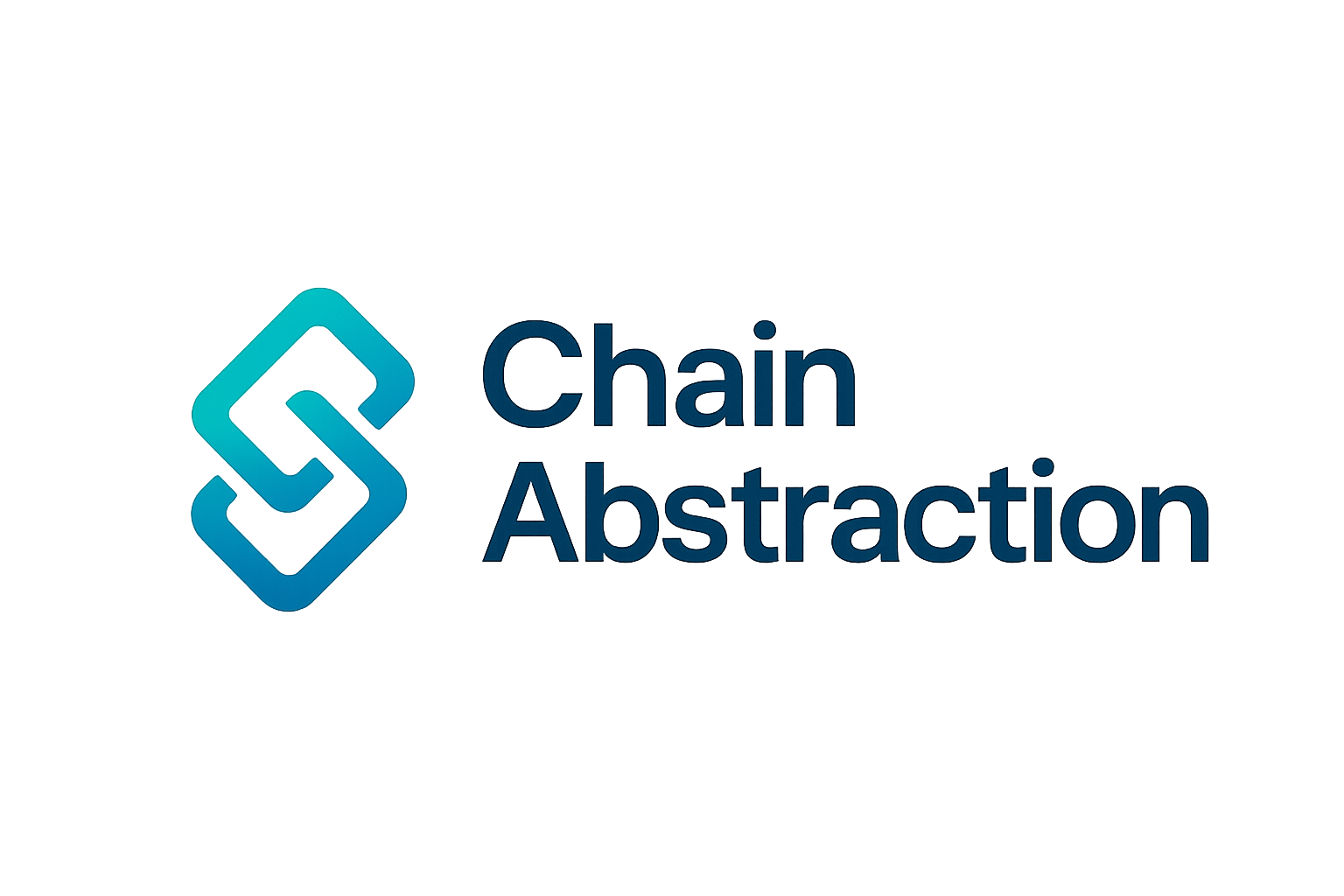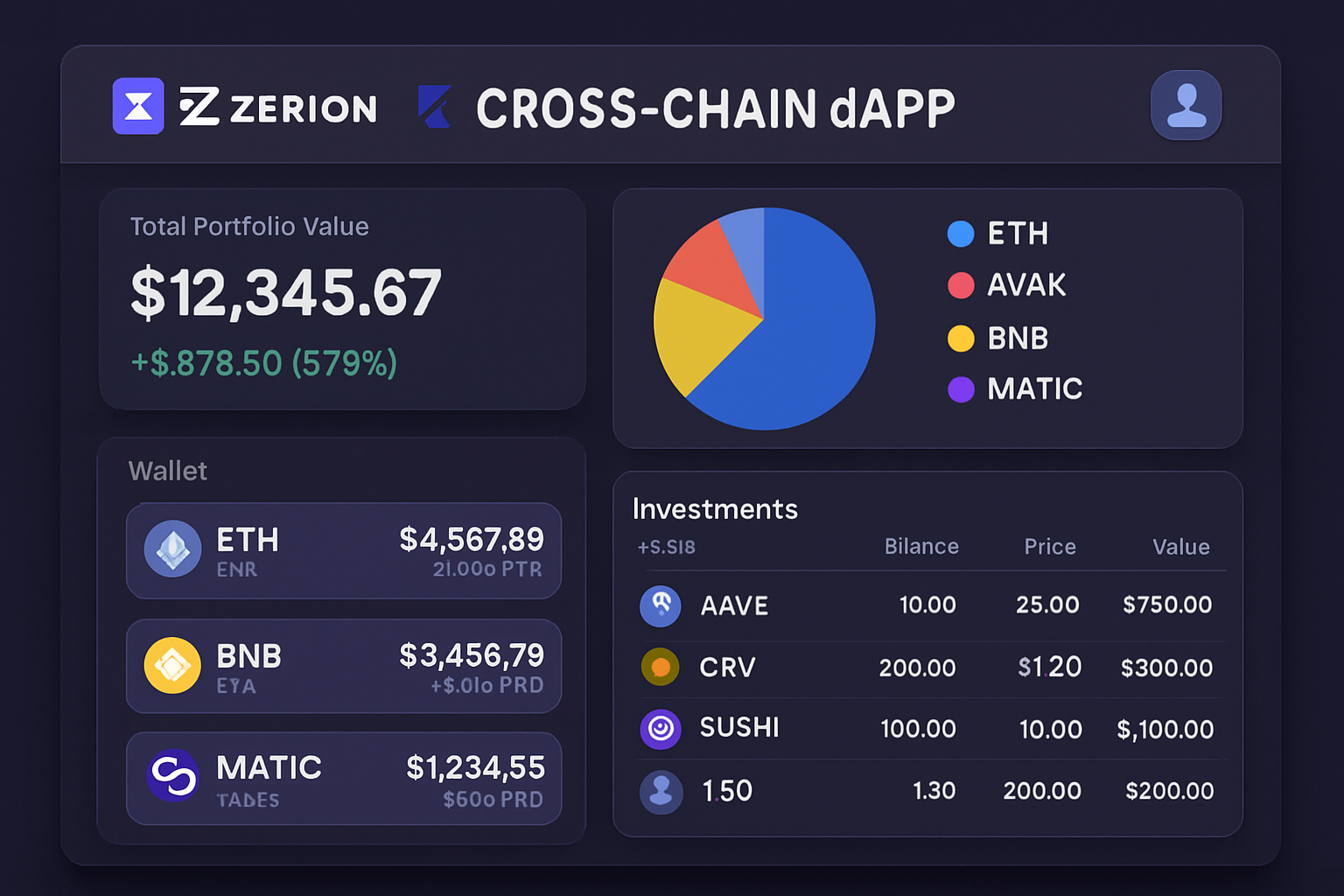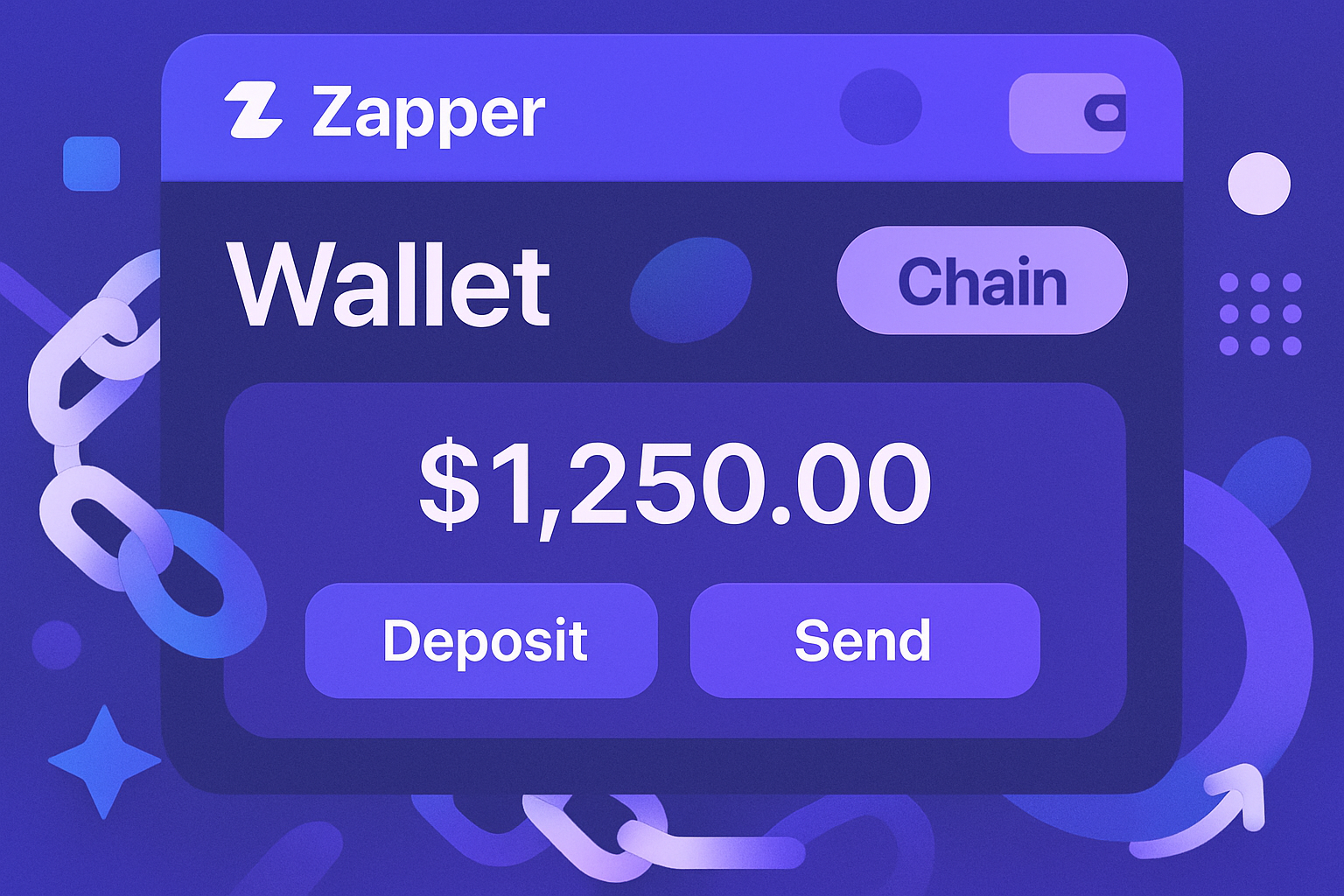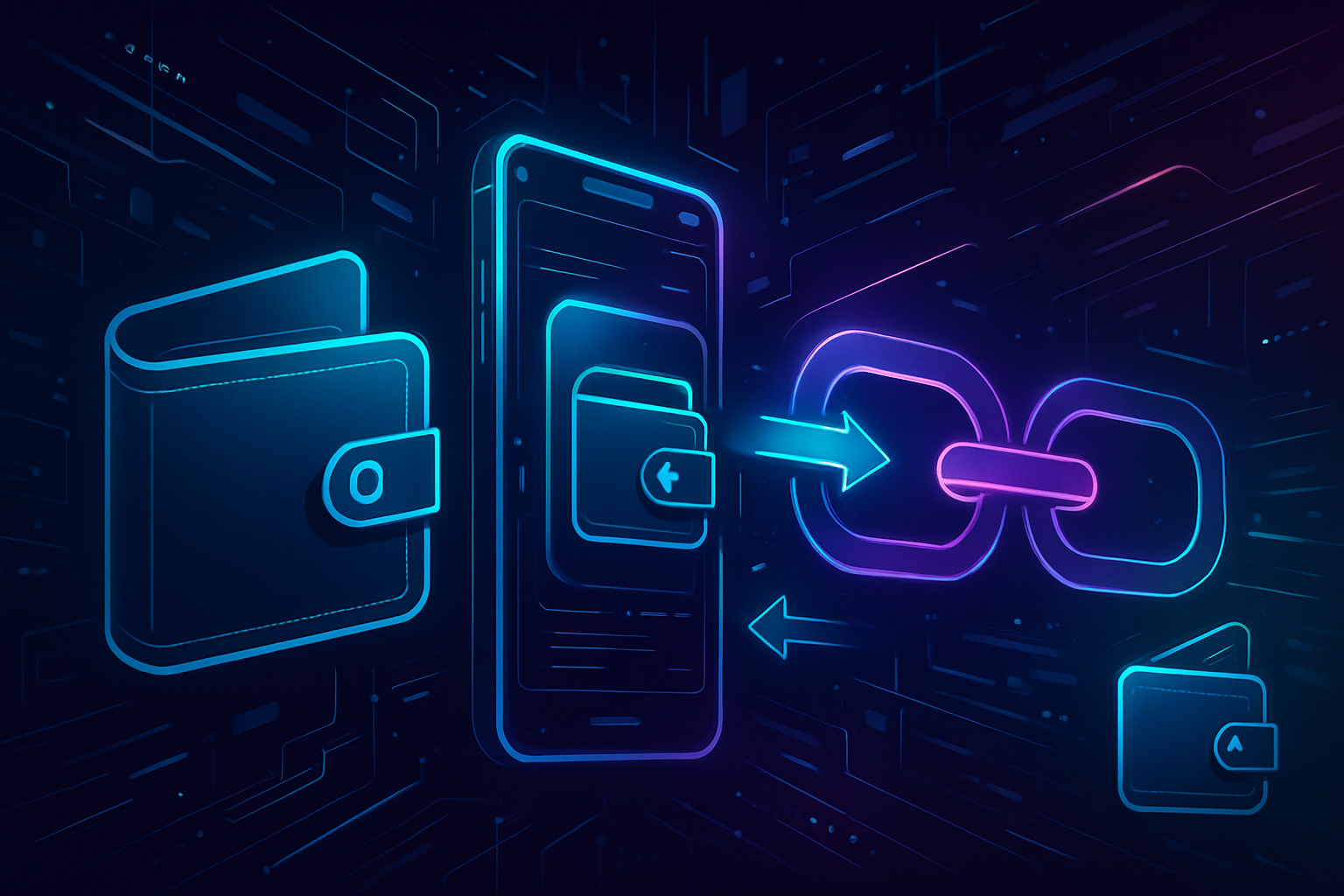
Imagine a world where managing your crypto assets feels as smooth as using a single banking app, no matter which blockchain your tokens live on. That’s the promise of chain abstracted wallets: they’re redefining the cross-chain DeFi experience by erasing the technical boundaries between blockchains and letting users interact with decentralized finance as one unified ecosystem. This shift isn’t just incremental; it’s transformative, paving the way for broader adoption, more efficient workflows, and a future where the complexities of multi-chain management fade into the background.

Why Traditional Wallets Fall Short in a Multi-Chain World
If you’ve ever juggled assets across Ethereum, Polygon, Solana, and more, you know the pain: separate wallets or browser extensions for each network, manual network switching, and constant double-checking to avoid costly mistakes. The result? A fragmented experience that’s intimidating for newcomers and inefficient even for seasoned crypto natives. Every time you want to swap tokens or interact with a dApp on another chain, you face friction, from bridging assets to paying unpredictable gas fees.
“By introducing chain abstraction, Socket removes the friction of multiple chains. Users experience Web3 as one unified chain, not 100s. ”
The Rise of Chain Abstracted Wallets: Unifying the DeFi Landscape
Chain abstracted wallets flip this paradigm on its head. Instead of forcing users to care about underlying chains, these wallets offer a single account blockchain wallet that abstracts away network differences. Platforms like zkCross Network and Self Chain are at the forefront here, integrating wallet management, gas payments, liquidity routing, and cross-chain transactions into a unified interface.
This means you can:
Top Benefits of Chain Abstracted Wallets for Cross-Chain DeFi
-
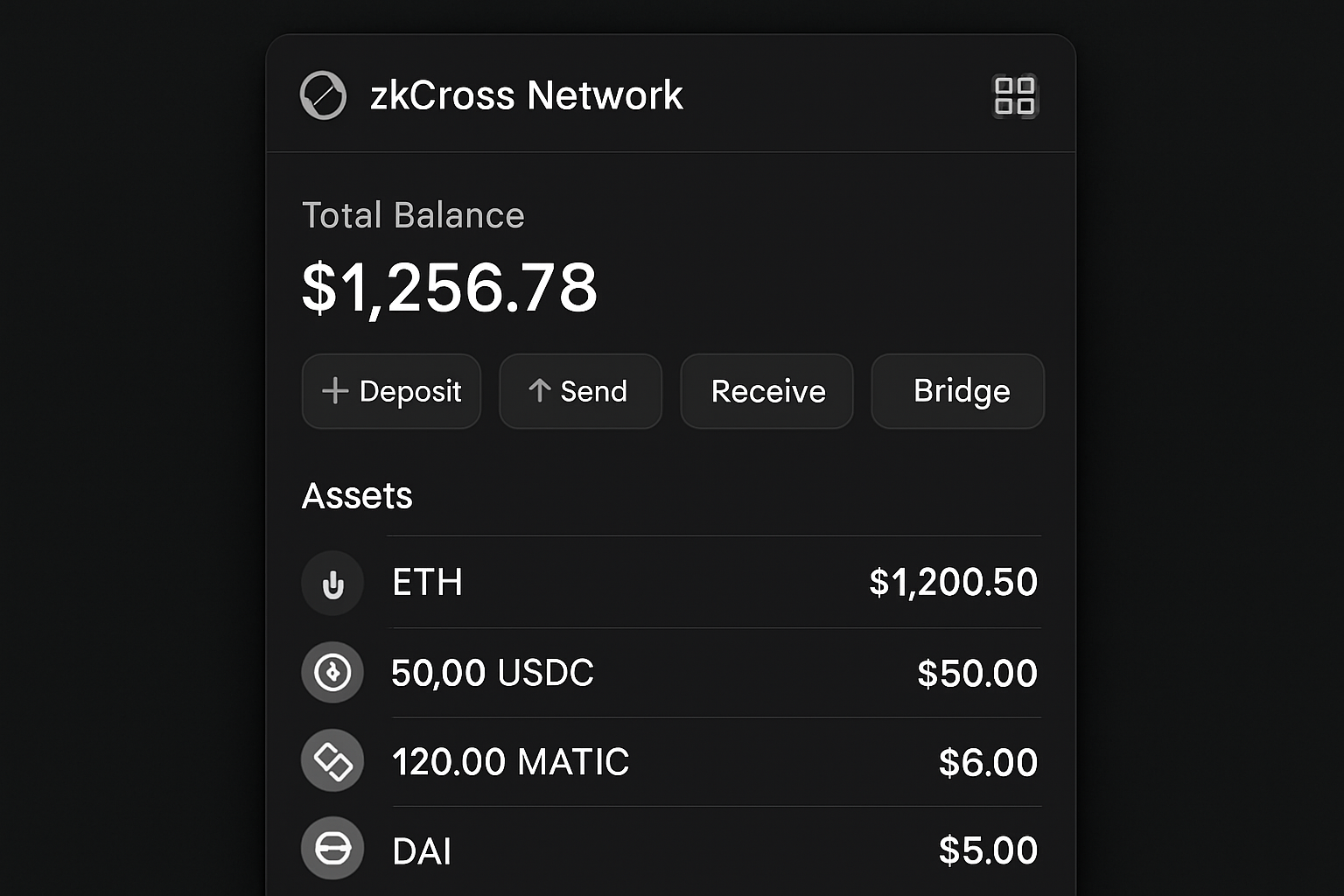
Unified Asset Management: Chain-abstracted wallets like zkCross Network let users manage assets across multiple blockchains from a single, streamlined interface, eliminating the need for multiple wallets and reducing user error.
-
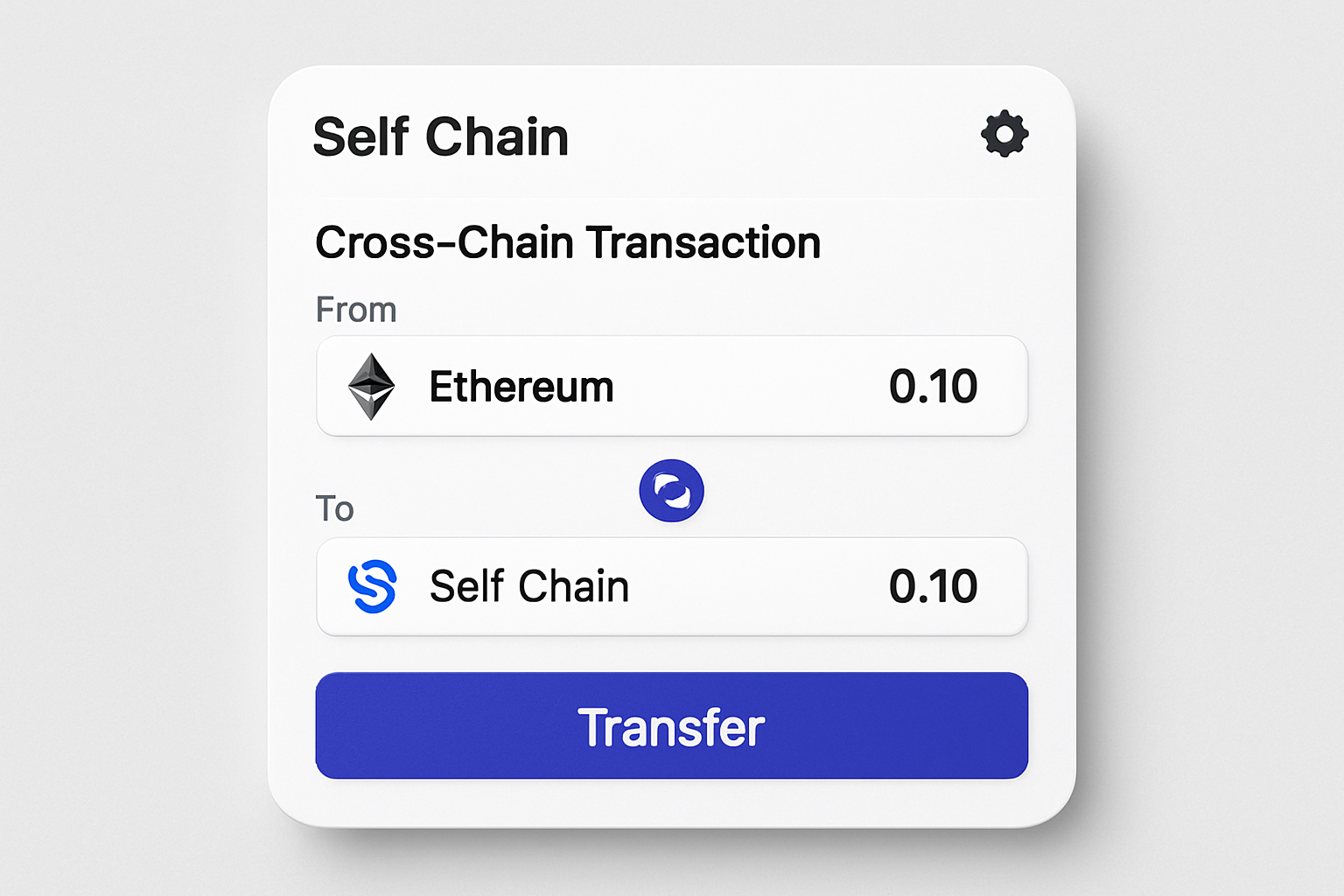
Seamless Cross-Chain Transactions: With solutions such as Self Chain, users can execute swaps and transfers between different blockchains in one place, without manually switching networks or worrying about compatibility.
-
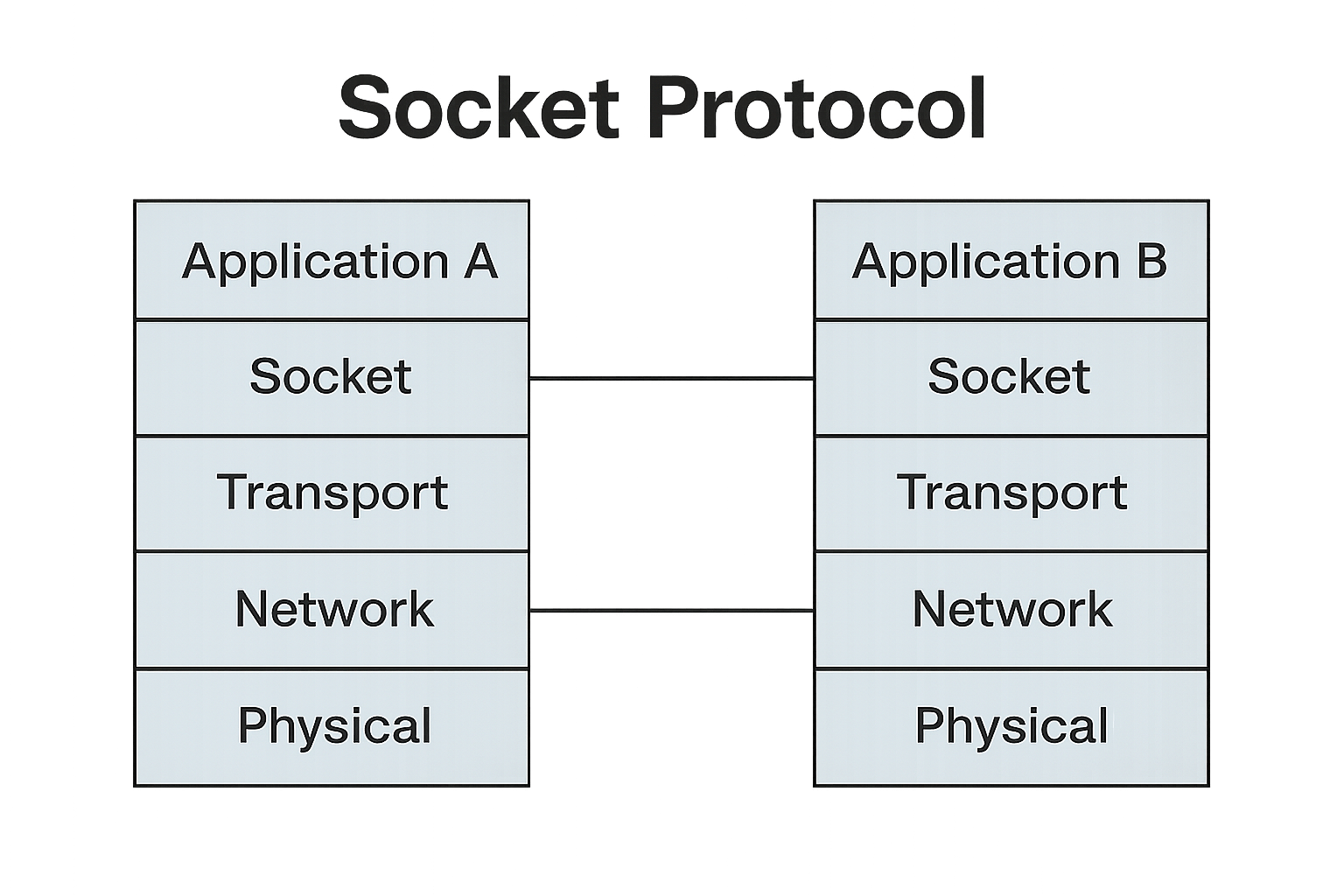
Reduced Complexity & Friction: Platforms leveraging Socket Protocol abstract away network differences, allowing users to interact with DeFi apps as if all assets and dApps exist on a single chain, greatly simplifying the experience.
-
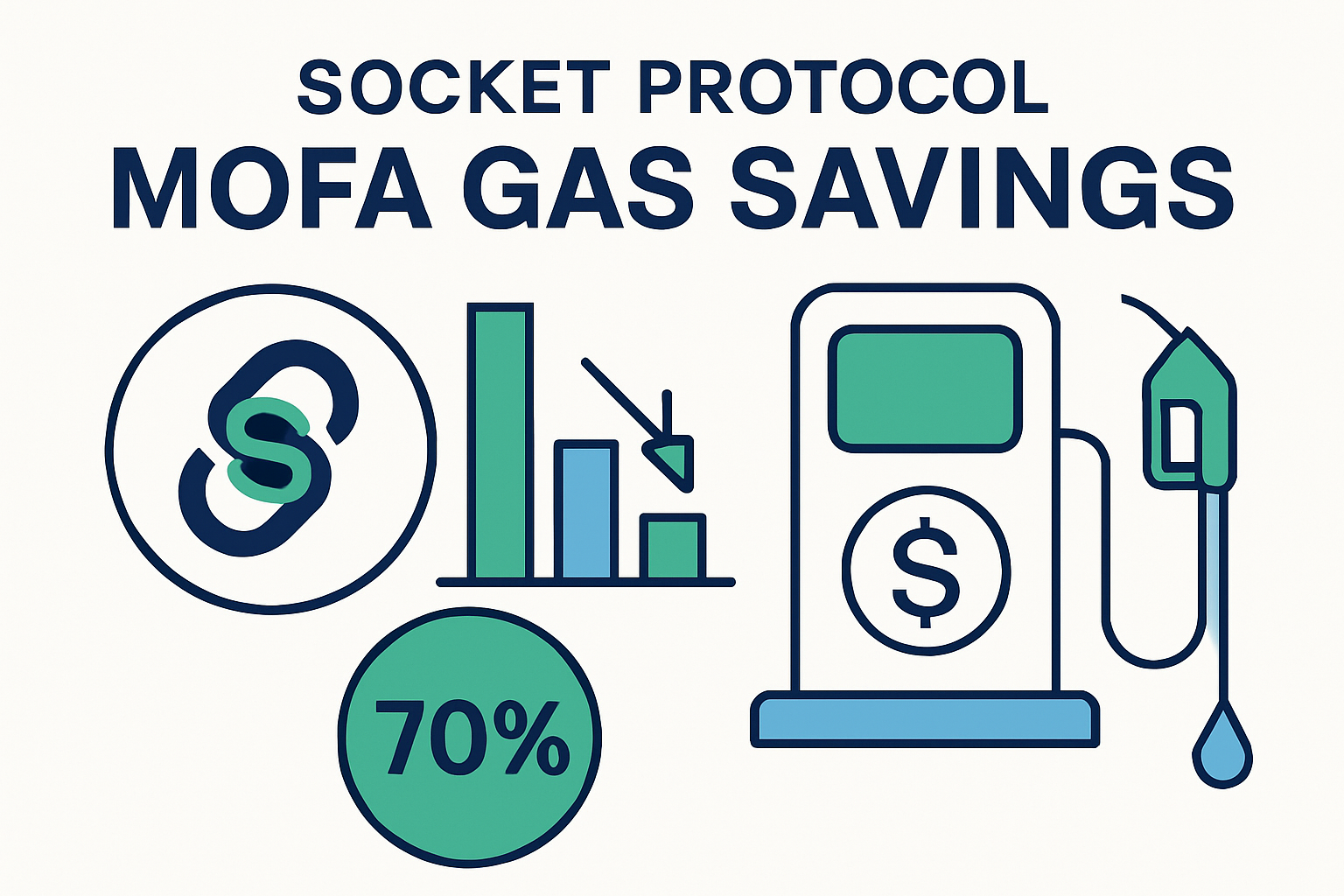
Lower Gas Fees & Optimized Routing: Chain abstraction protocols use smart routing (like Modular Order Flow Auctions in Socket) to find the most efficient and cost-effective paths for transactions, potentially lowering gas fees and improving speed.
-
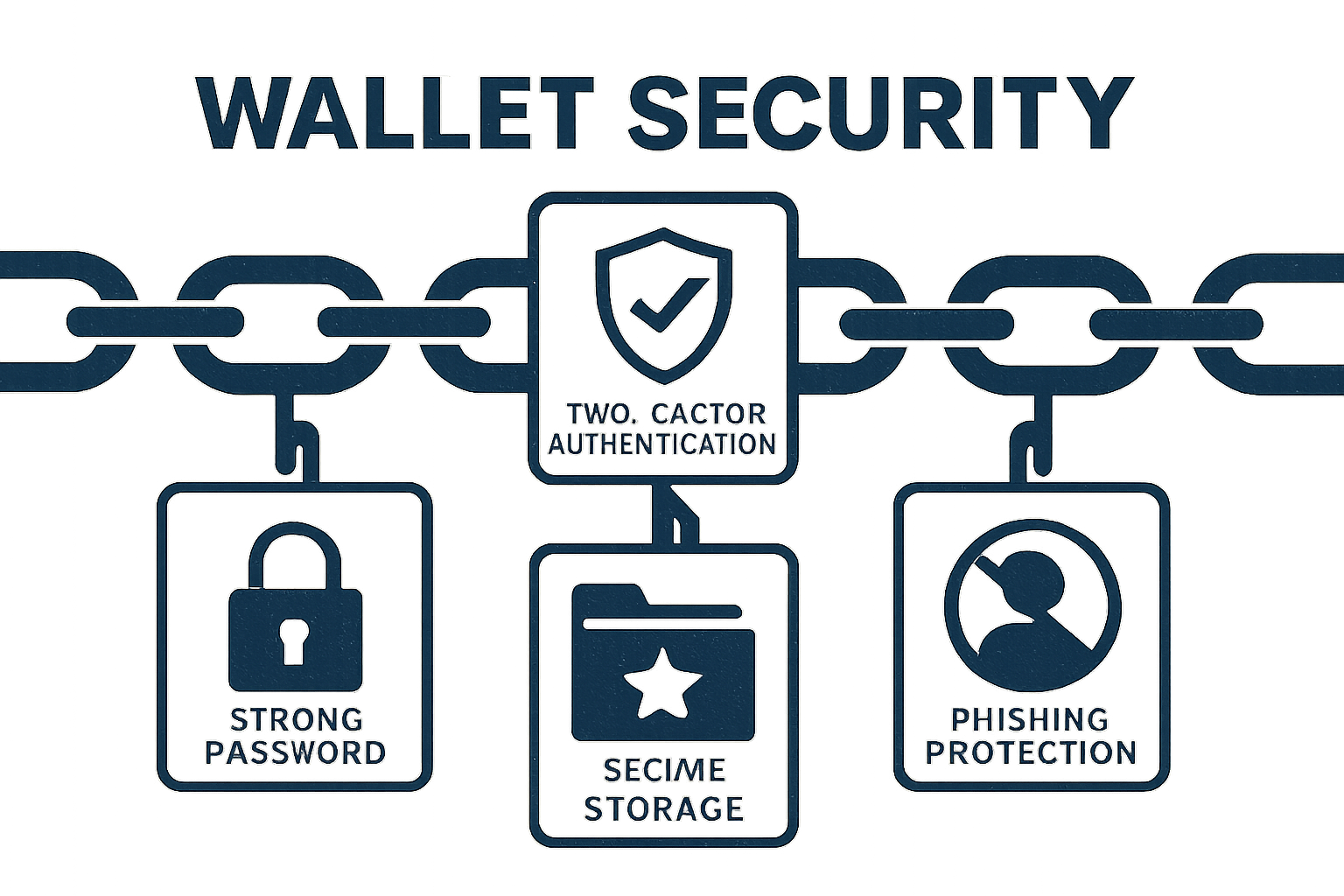
Enhanced Security: By reducing the need for multiple wallet connections and manual network switching, chain-abstracted wallets minimize the risk of phishing and user mistakes, offering a safer DeFi environment.
The result is an intuitive user journey: check your balances across chains in one place, execute swaps without worrying about bridges or gas tokens, and interact with dApps regardless of their home network, all from your unified crypto wallet.
Socket Protocol and Modular Order Flow Auctions (MOFA): The Engine Behind Seamless Interoperability
One of the technical breakthroughs powering this new era is Socket Protocol. By leveraging Modular Order Flow Auctions (MOFA), Socket allows developers to compose with any app, user base, or asset across chains, without sacrificing security or speed. This orchestration layer lets dApps tap into liquidity wherever it exists and route transactions efficiently under the hood.
For users? It’s invisible magic. You initiate an action, say swapping tokens from Polygon to Arbitrum, and behind the scenes Socket Protocol coordinates everything: finding optimal routes for speed and cost while keeping your experience simple and consistent. No more copy-pasting addresses or worrying about which network your assets are on.
The User Experience Revolution: One Wallet To Rule Them All
The best part? You don’t have to be a developer or DeFi expert to benefit from these advances. Modern chain abstraction frameworks are designed for accessibility, removing jargon and surfacing only what matters to end-users. Whether you’re staking on one chain or yield farming across several ecosystems, your wallet acts as a universal remote for all things DeFi.
With these innovations, the days of painstakingly moving funds between chains, memorizing contract addresses, or worrying about bridging vulnerabilities are fading. A unified crypto wallet powered by chain abstraction brings everything under one roof, eliminating the cognitive overhead that has long plagued DeFi. For developers, frameworks like Socket Protocol’s MOFA unlock the ability to build dApps that are truly chain-agnostic, attracting broader audiences and liquidity without forcing users to learn new workflows or interfaces.
How Chain Abstraction Transforms Multi-Chain Asset Management
Let’s break down how this impacts your daily DeFi routine. Imagine logging into your wallet and seeing every asset, ETH, USDC, MATIC, SOL, and more, regardless of their native chain, in a single dashboard. Want to swap tokens? The wallet finds the best route, whether it’s a direct swap or a multi-hop journey across networks, and handles gas fees automatically, sometimes even letting you pay in the token of your choice.
Key Features of Chain Abstracted Wallets
-
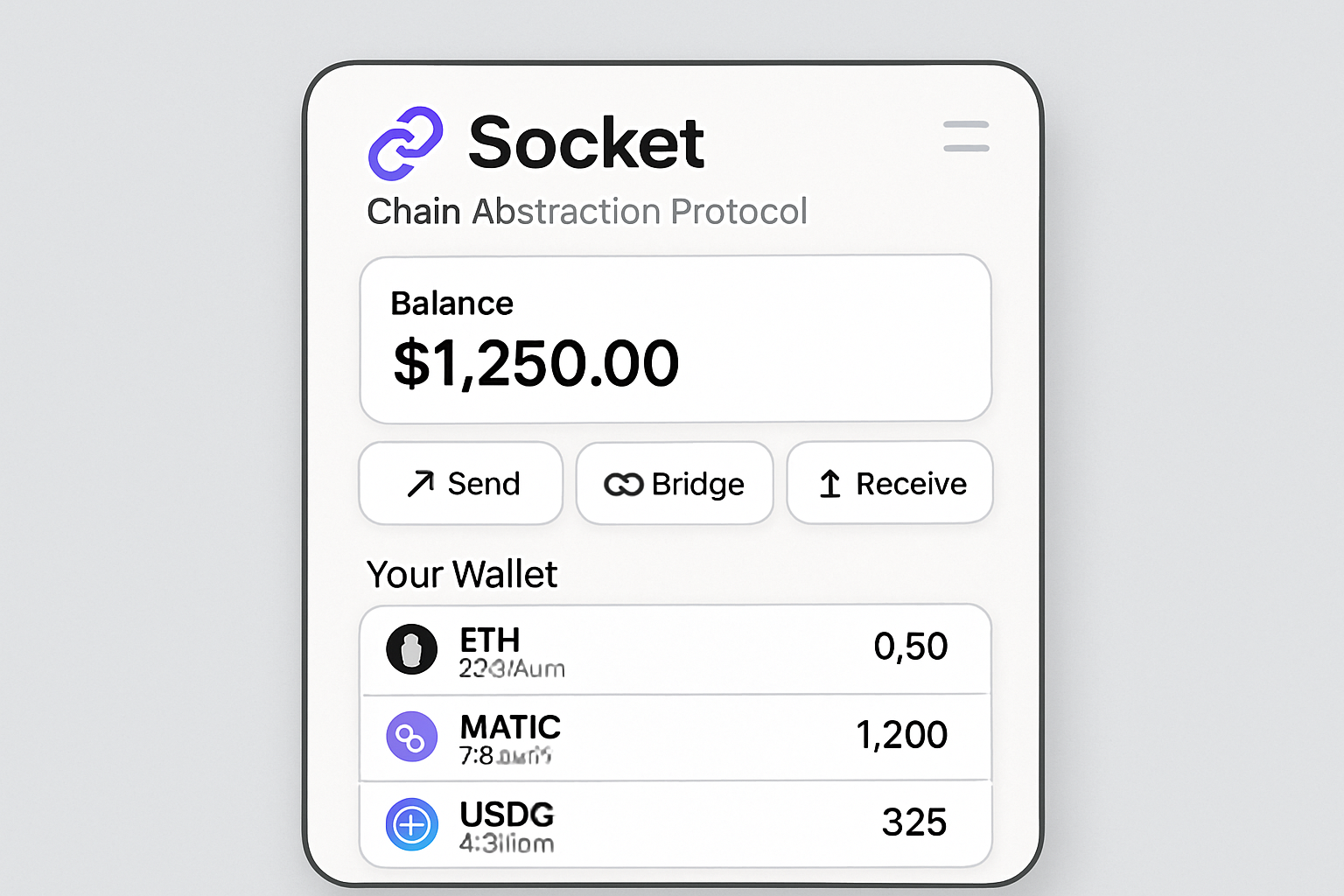
Unified Multi-Chain Interface: Chain-abstracted wallets like Socket Protocol and Self Chain offer a single dashboard to manage assets across multiple blockchains, eliminating the need for separate wallets or constant network switching.
-
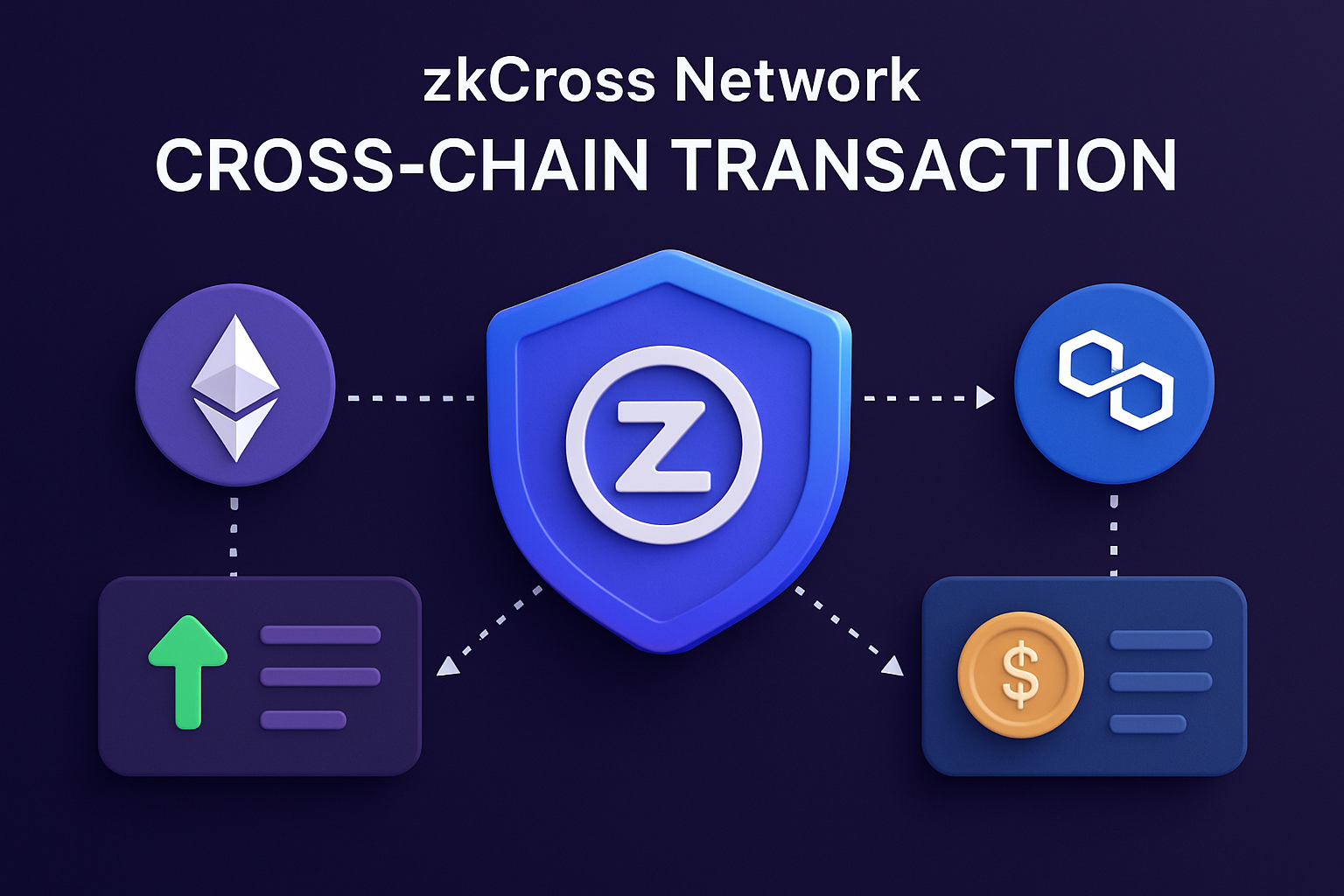
Seamless Cross-Chain Transactions: Users can send, receive, and swap tokens across different blockchains directly from the wallet, thanks to integrated cross-chain bridges and protocols such as Across Protocol and zkCross Network.
-
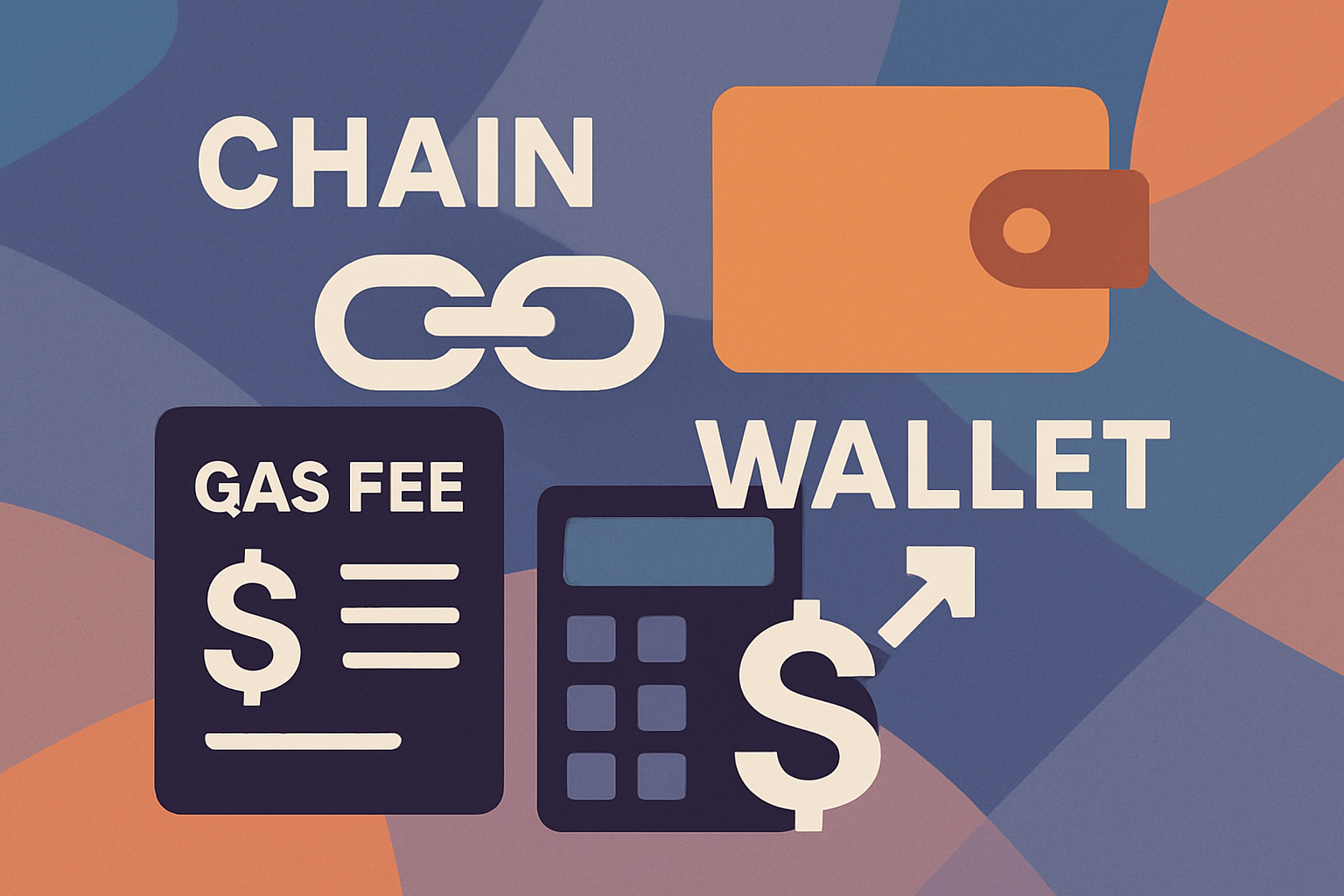
Automatic Gas Fee Management: Advanced wallets abstract away gas complexities by enabling transactions with any supported token or even gasless transactions, streamlining the user experience for DeFi activities.
-
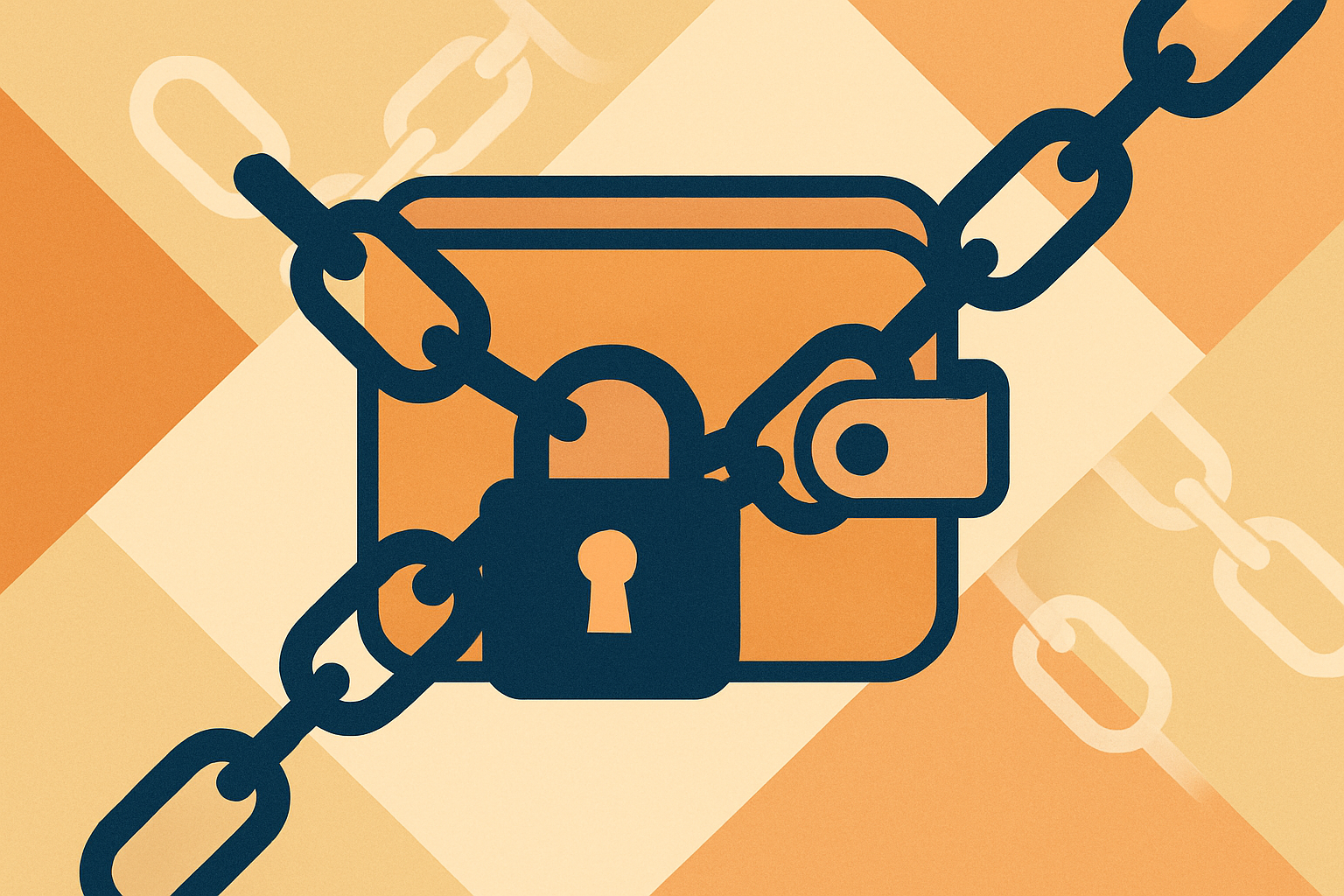
Enhanced Security and Unified Recovery: Chain-abstracted wallets often support advanced security features and unified recovery options, reducing risks associated with managing multiple private keys across different networks.
Platforms like zkCross Network and Self Chain exemplify this vision. By integrating wallet management, gas abstraction, and liquidity access, they let you interact with DeFi protocols on any supported chain without ever leaving your wallet interface. The result is a DeFi experience that feels less like navigating a maze and more like using a single, polished app.
What’s Next for Chain Abstracted Wallets?
The momentum behind chain abstraction is only accelerating. As more protocols adopt these frameworks, expect to see:
- Deeper integrations with dApps, NFTs, and gaming platforms
- More robust security models that leverage cross-chain intent protocols like Across
- Improved onboarding and fiat onramps for mainstream users
Ultimately, the goal is for users to stop thinking about chains entirely. Whether you’re a developer building the next big dApp or an investor managing a diverse portfolio, chain abstraction is quietly reshaping every layer of the ecosystem for the better.
Which feature of chain-abstracted wallets do you find most valuable?
Chain-abstracted wallets are transforming DeFi by letting users interact with multiple blockchains through a single, unified interface. Which of these features matters most to you?
For a deeper dive into the technical side and to see how these tools work in action, explore the resources at zkCross Network, or check out Self Chain’s approach to native chain abstraction at Self Chain. Both platforms are leading examples of how unified wallet solutions are making DeFi accessible, secure, and truly borderless.
